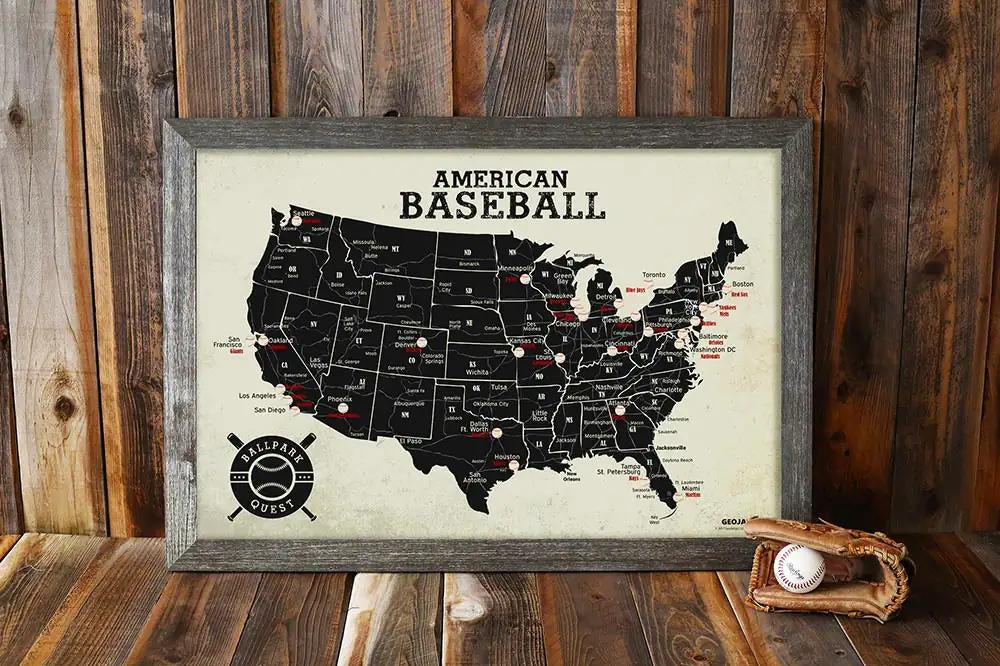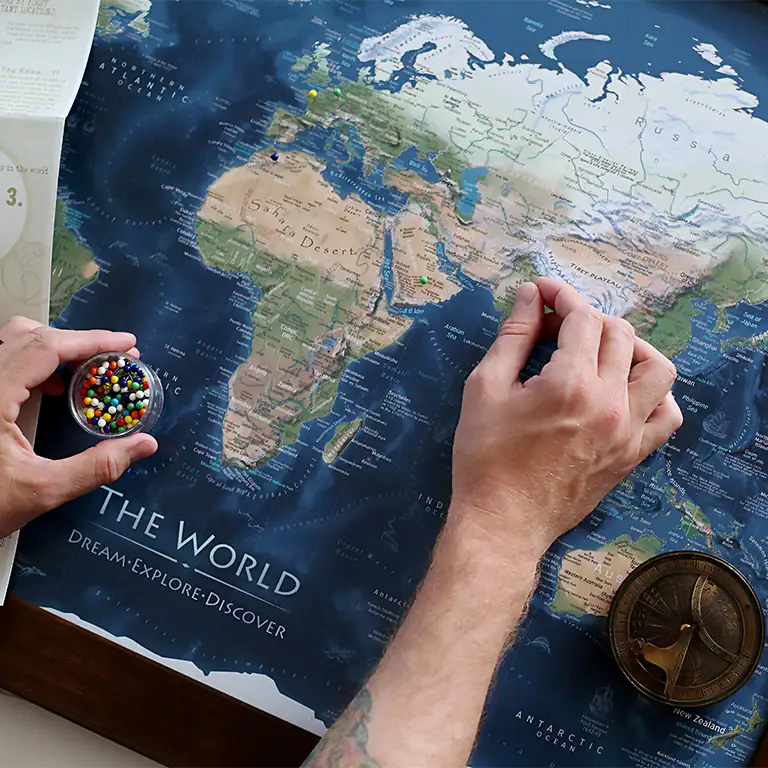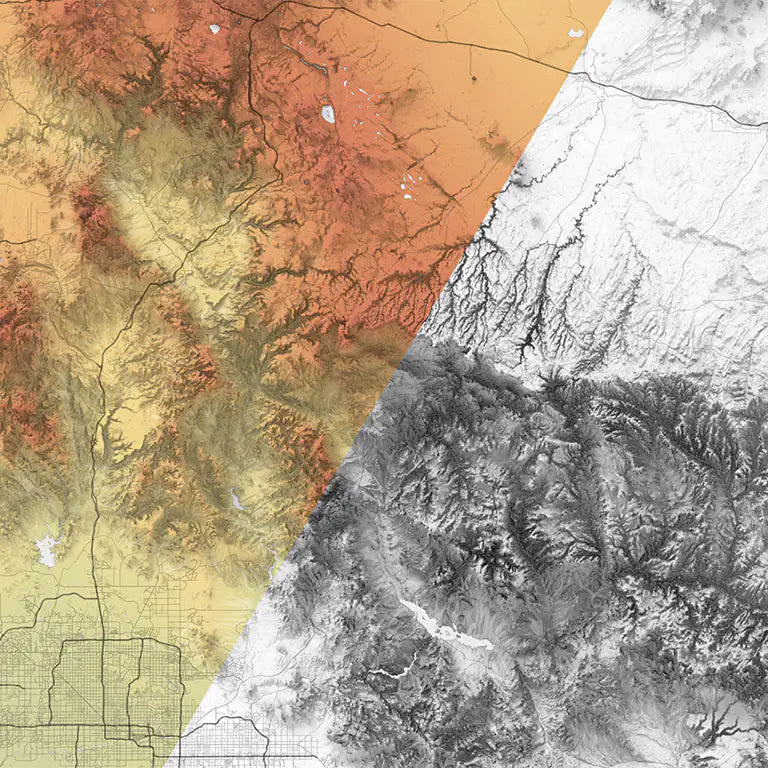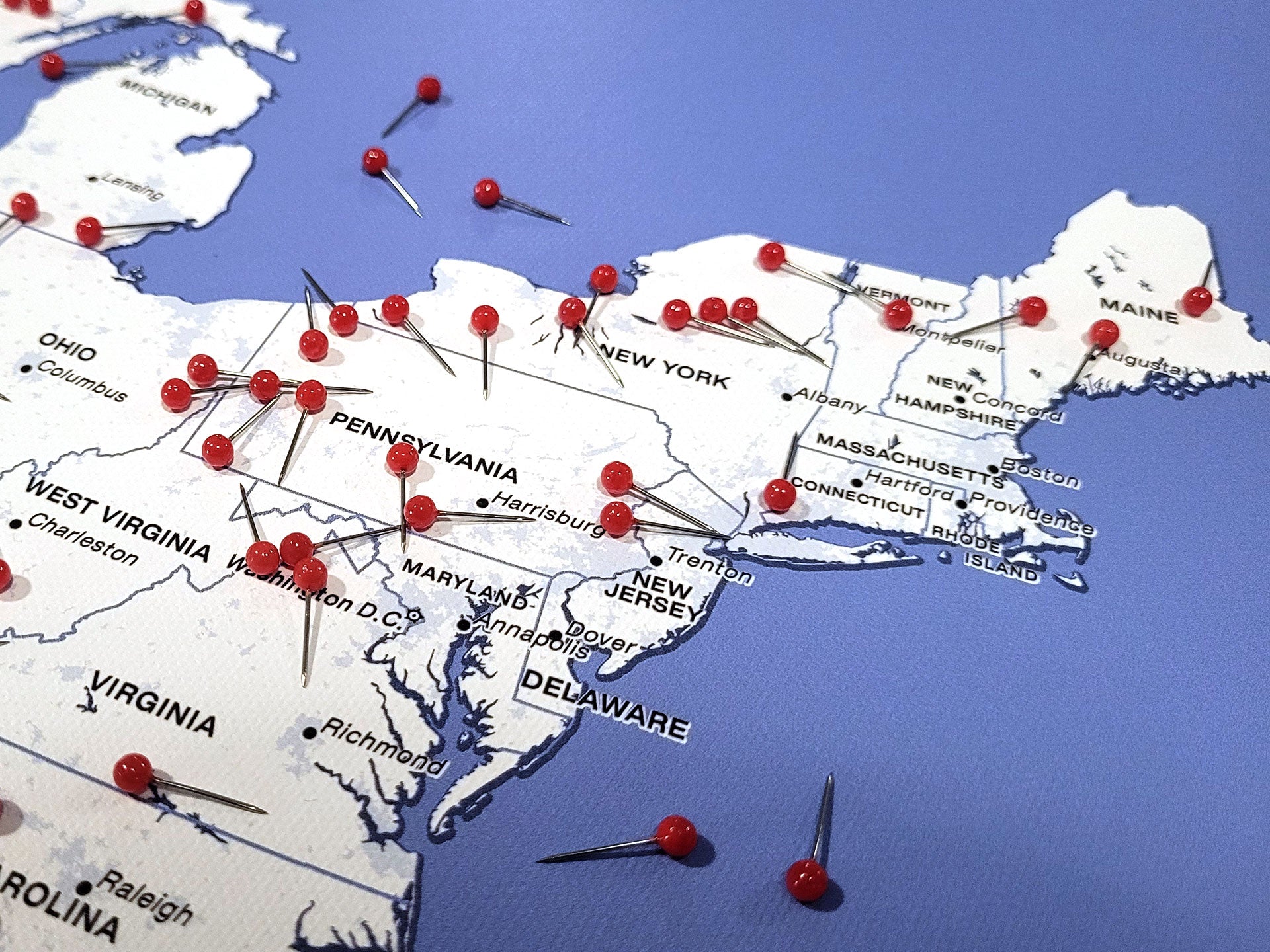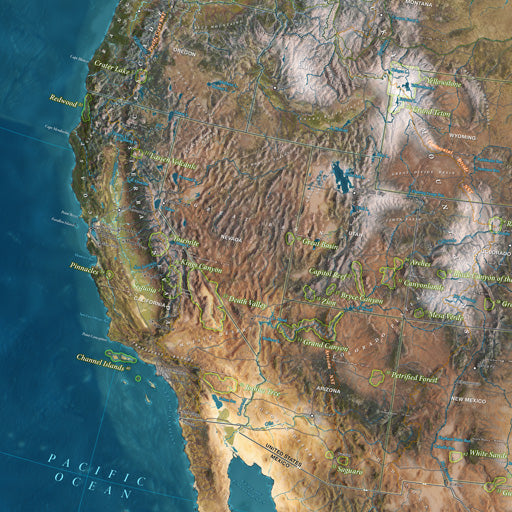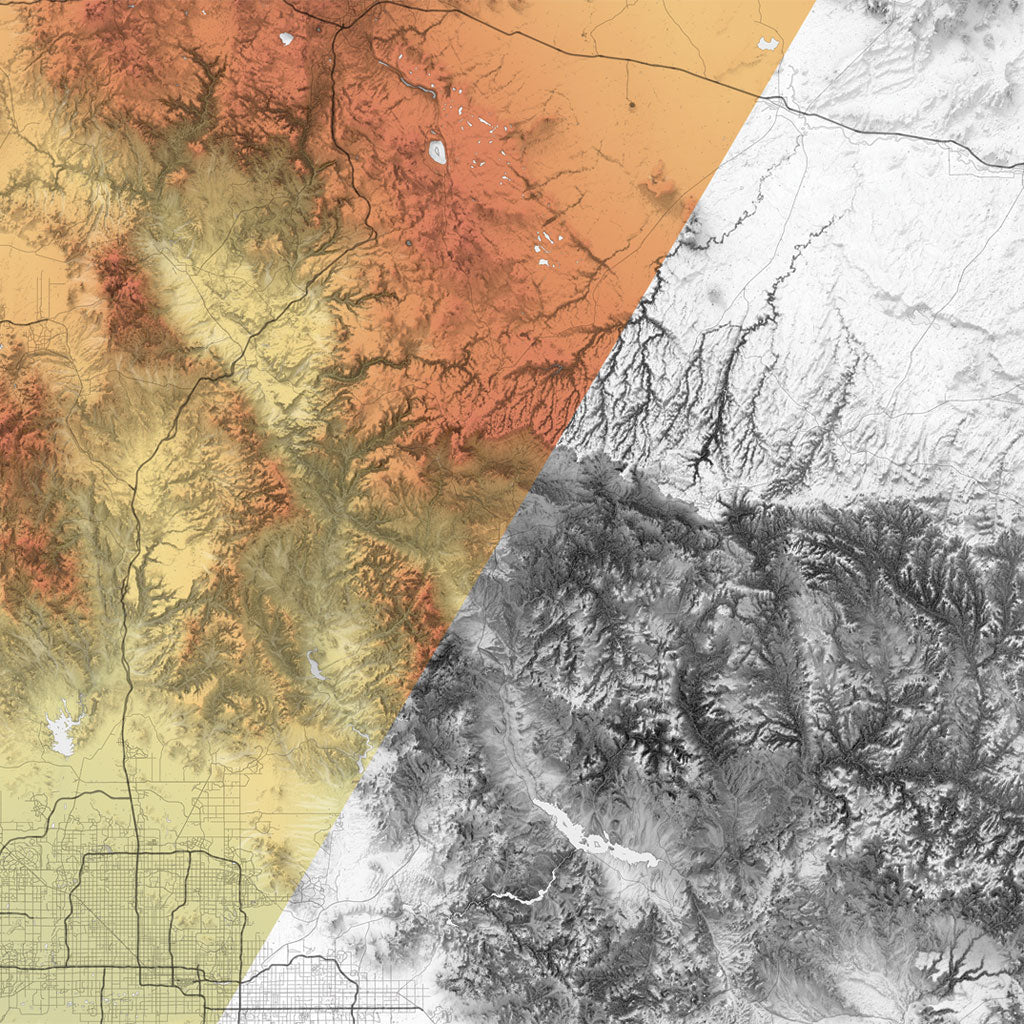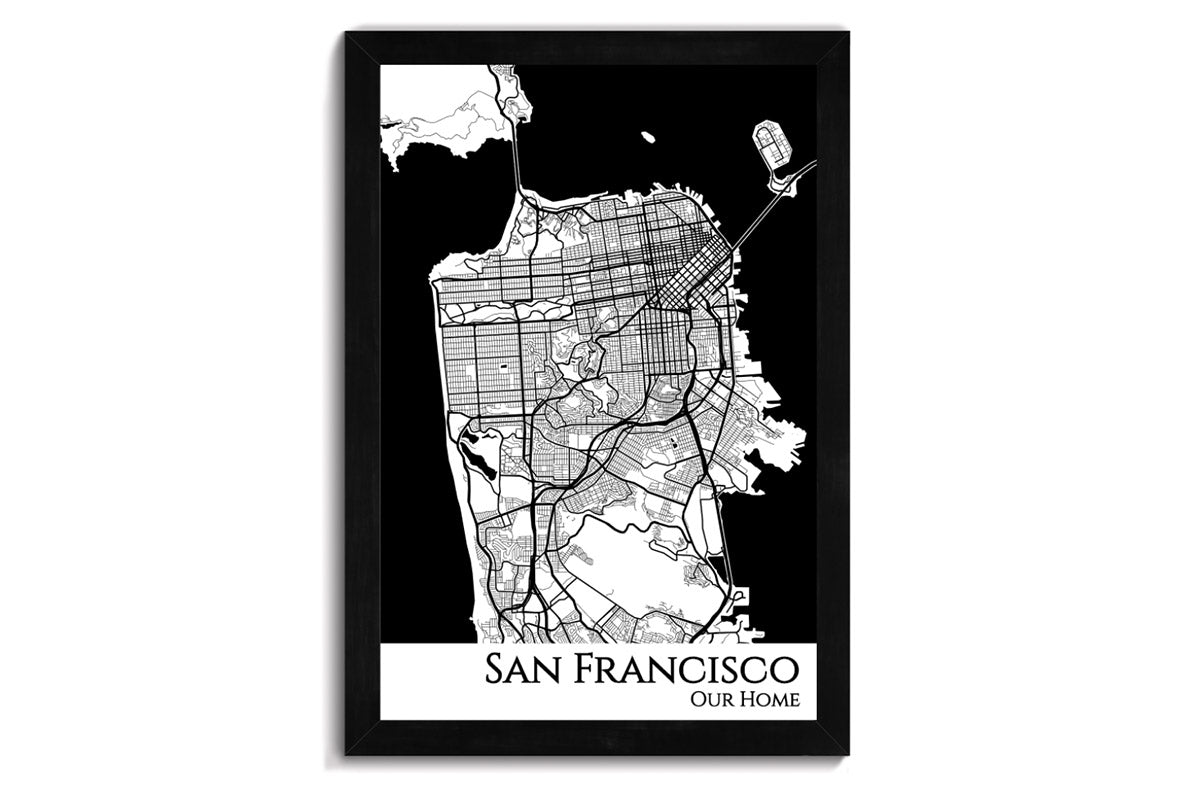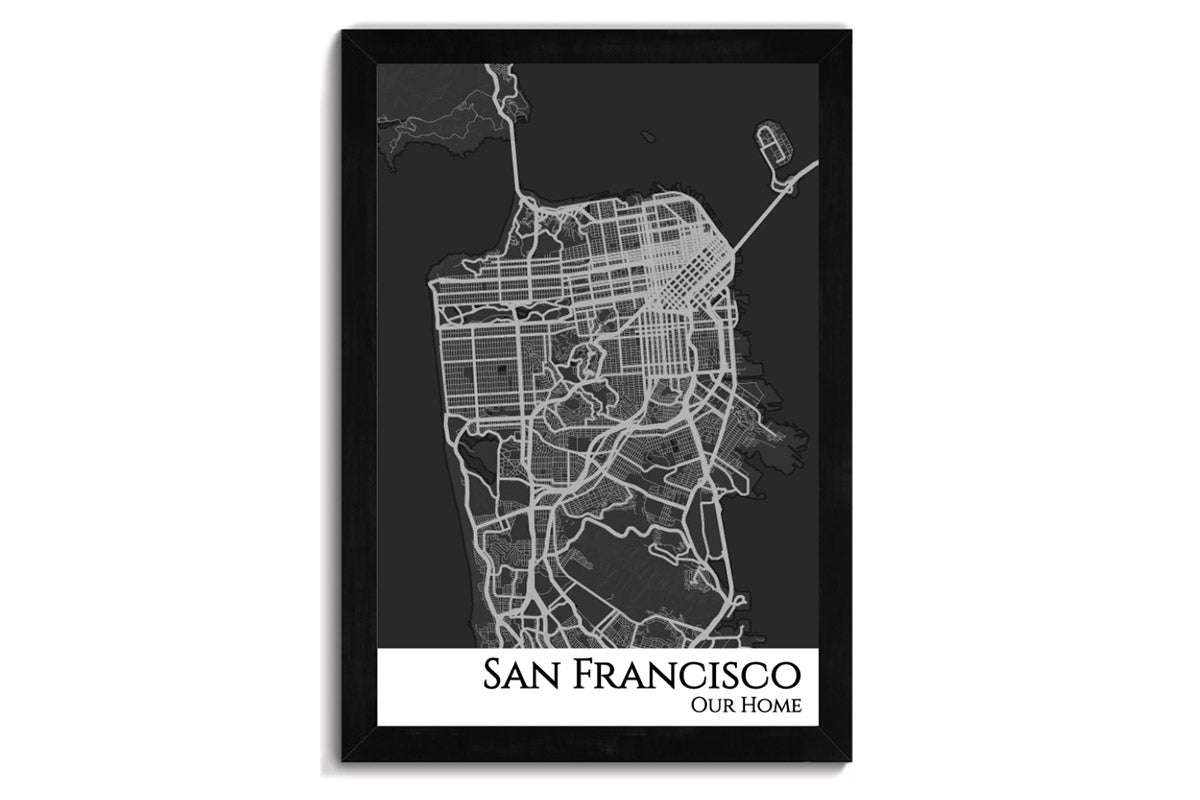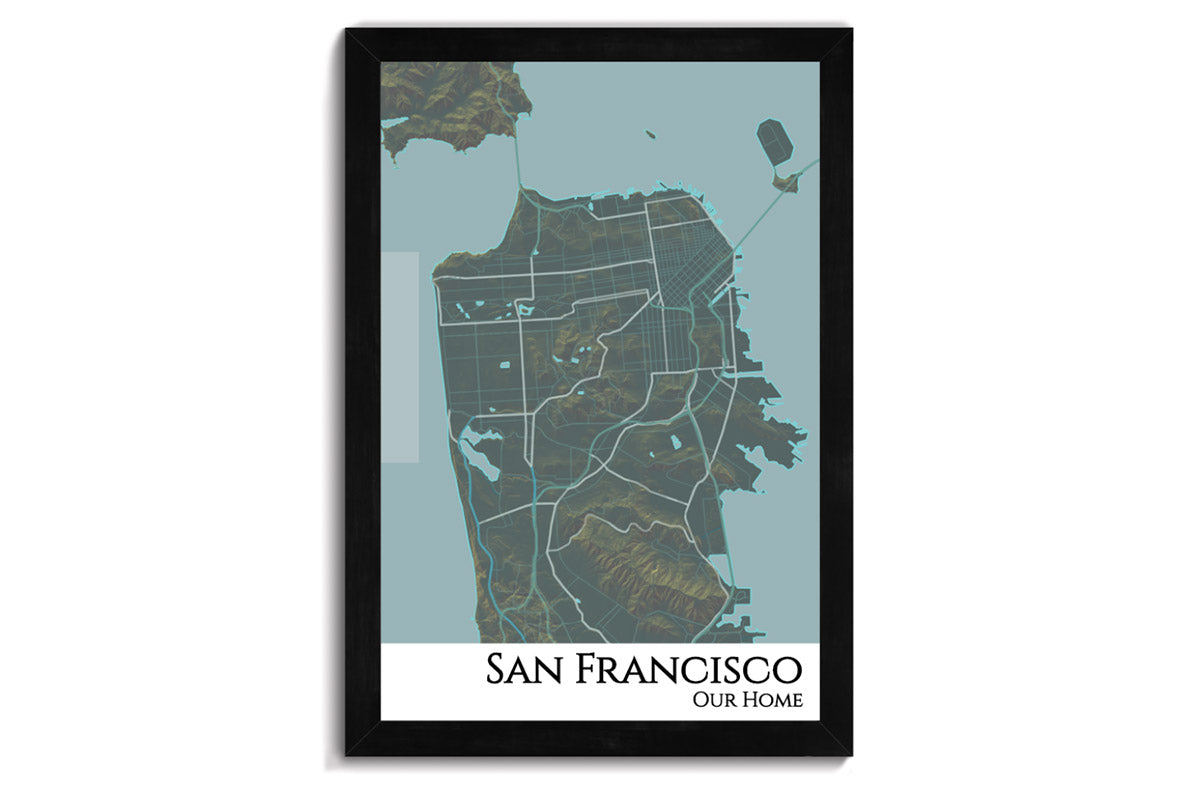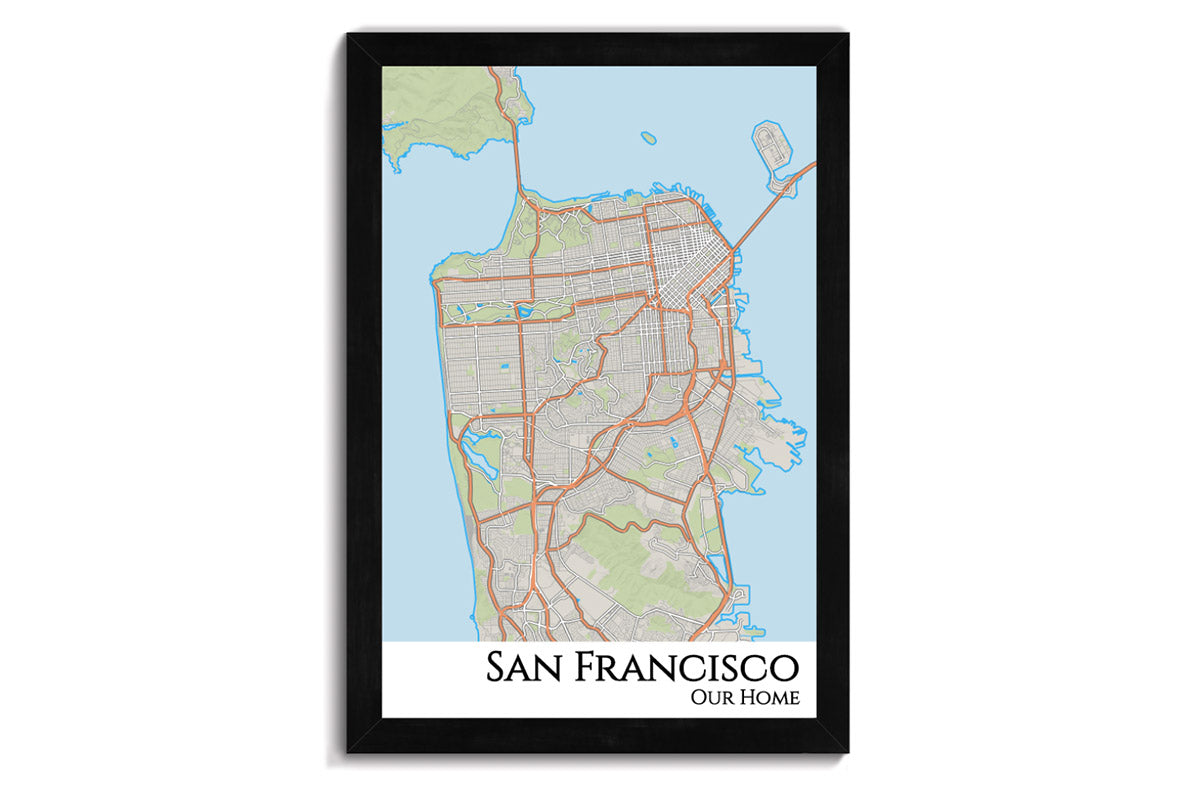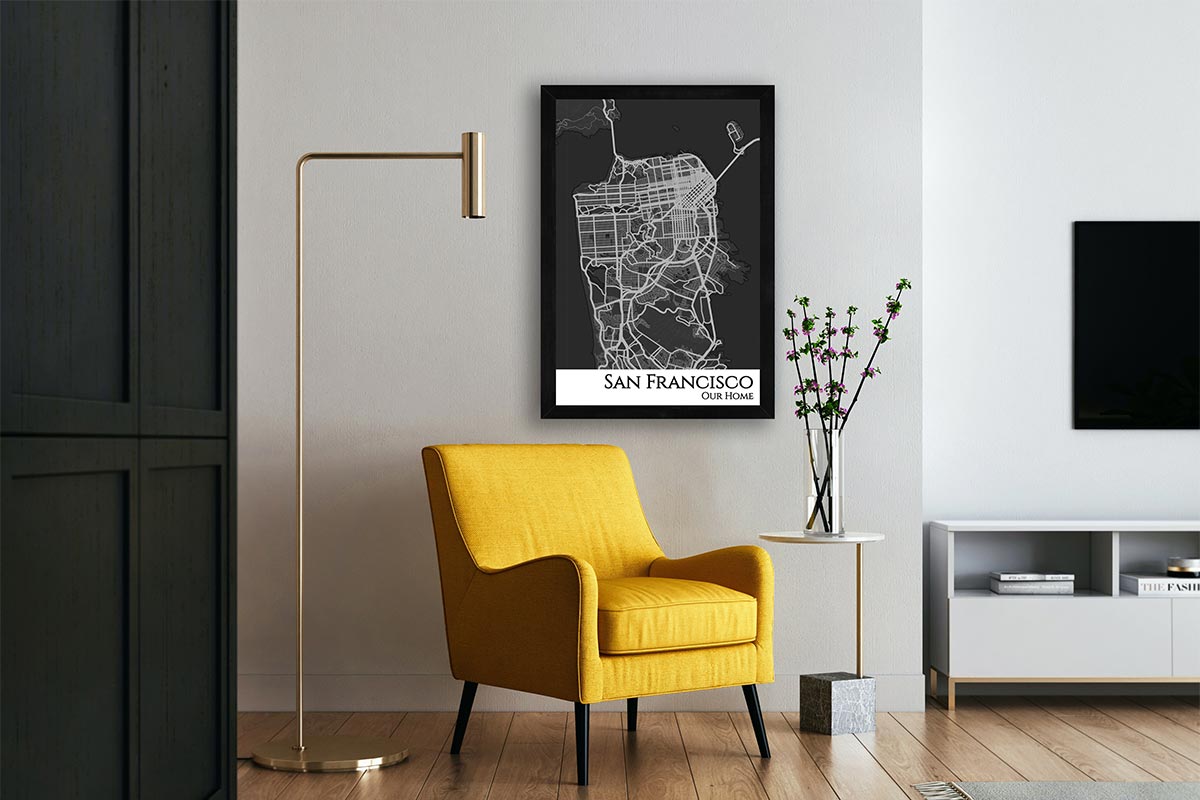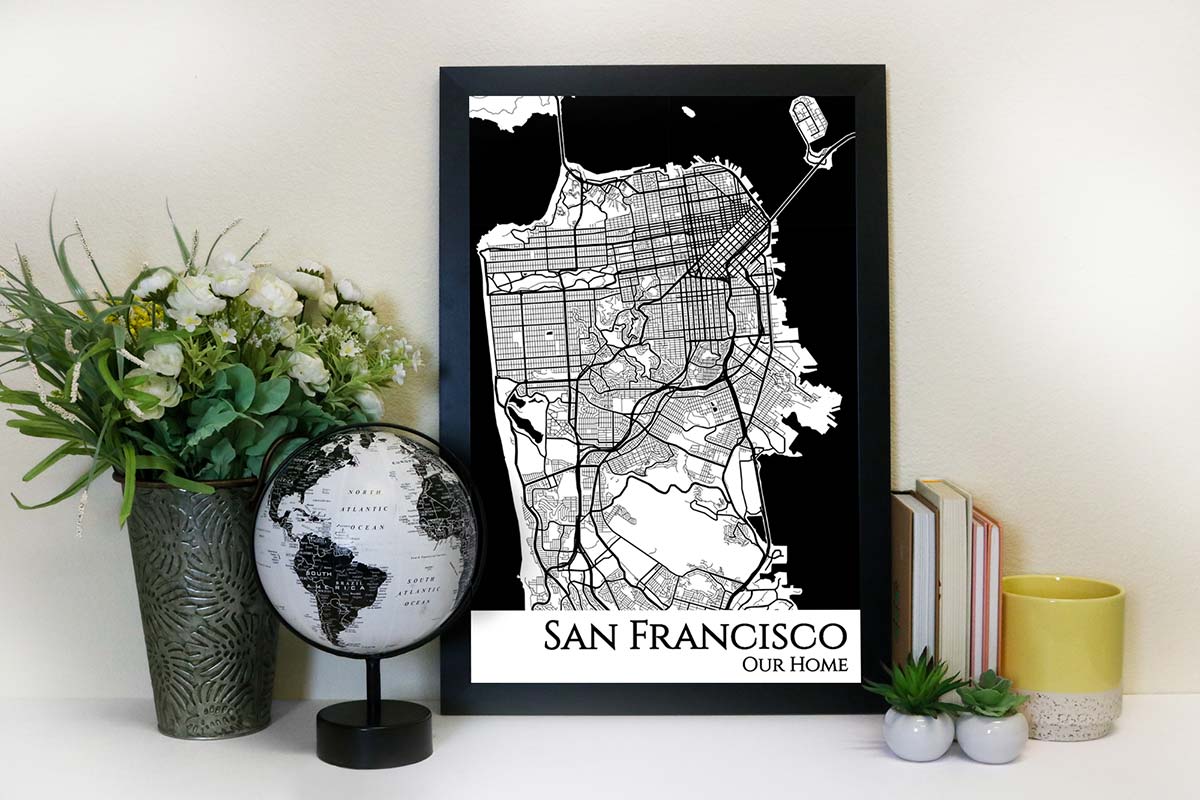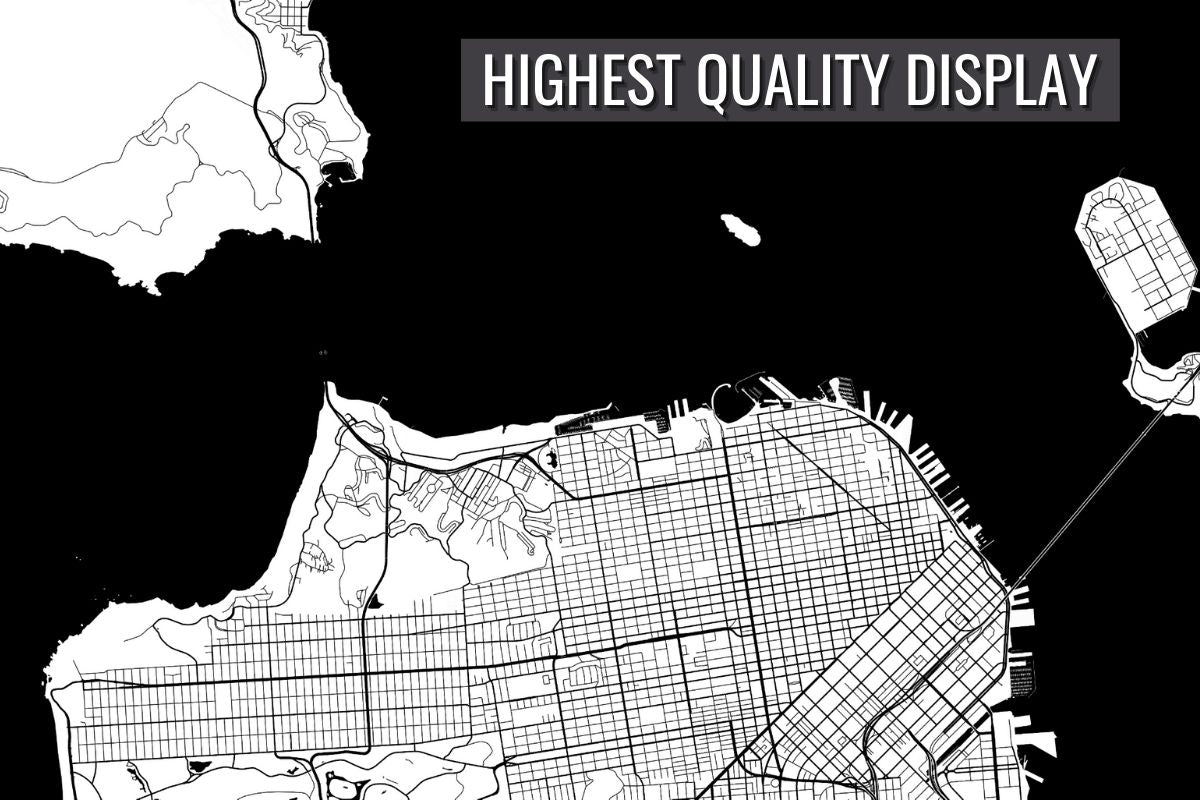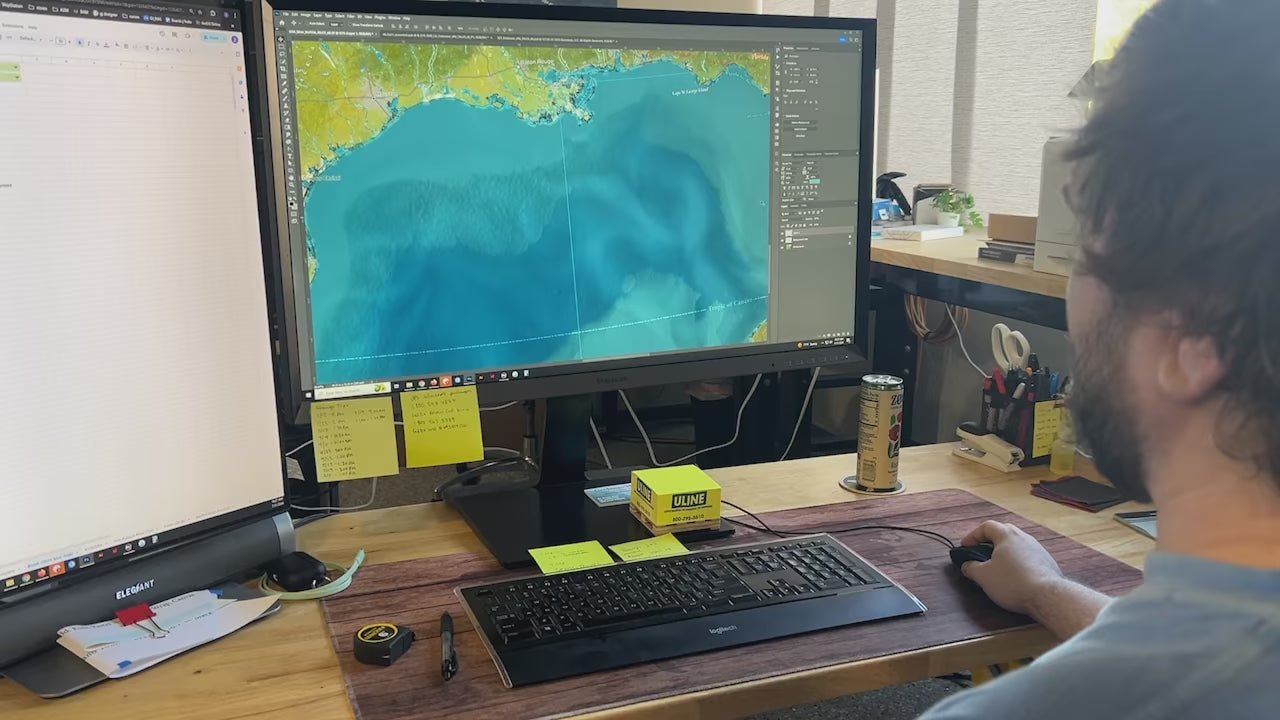The history of San Francisco is a captivating tale of resilience, innovation, and cultural diversity. From its humble beginnings as a Spanish settlement to its emergence as a global tech hub, the City by the Bay has played a significant role in shaping the American West and beyond.
San Francisco's story starts in the late 18th century when Spanish explorers, led by Gaspar de Portolà, established a military post called the Presidio of San Francisco in 1776. This marked the city's founding and laid the foundation for its development. Soon after, the Spanish built the Mission San Francisco de Asís, now known as Mission Dolores, which still stands today as the oldest intact building in San Francisco.
In the early 19th century, the area began to see an influx of settlers, primarily European and American, drawn by the opportunities presented by the burgeoning fur trade and the Gold Rush of 1848. The Gold Rush was a transformative event that saw hundreds of thousands of people from around the world flock to San Francisco in pursuit of riches. This sudden population explosion led to the rapid growth of the city and the establishment of its iconic neighborhoods, including Chinatown and North Beach.
San Francisco's prosperity continued to grow, aided by its strategic location as a major port on the West Coast. The city became a hub for trade and commerce, serving as the gateway to the Pacific for goods from Asia. The completion of the First Transcontinental Railroad in 1869 solidified San Francisco's status as a critical transportation center, connecting the East and West coasts of the United States.
In the early 20th century, San Francisco faced a series of challenges, including the devastating earthquake and subsequent fire of 1906. This disaster, however, spurred the city's reconstruction and led to innovative urban planning and architectural design, including the iconic Golden Gate Park and the development of the distinctive Victorian and Edwardian homes that still grace the city's streets.
During World War II, San Francisco played a pivotal role as a major military port and embarkation point for troops heading to the Pacific Theater. The city's population boomed again, with people from all walks of life contributing to the war effort. After the war, San Francisco continued to grow and diversify, becoming known for its progressive and counterculture movements in the 1960s and 1970s. The Haight-Ashbury neighborhood became a symbol of the hippie movement, and San Francisco emerged as a center for social activism, LGBTQ+ rights, and environmental conservation.
The late 20th century brought another significant shift to San Francisco as it became a global technology and innovation hub. The birth of Silicon Valley, just south of the city, saw companies like Apple, Google, and Facebook rise to prominence, forever changing the economic landscape of the region. San Francisco became known for its thriving startup scene, drawing entrepreneurs and tech enthusiasts from around the world.
Today, San Francisco is a dynamic, multicultural metropolis that balances its rich history with a commitment to innovation and progress. It remains a center of culture, art, and technology, attracting people from all over the globe who are eager to contribute to its vibrant tapestry. The Golden Gate Bridge, Alcatraz Island, and the iconic cable cars are just a few of the city's enduring symbols that continue to captivate visitors and remind them of the remarkable history and ongoing evolution of San Francisco.


